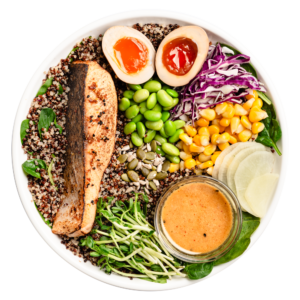This food group may be unfamiliar to some, but you might have already tried some of the members of the Leguminosea family before. They include peas, peanuts, lentils, beans, and alfalfa- all rich and cheap sources of plant-based protein. So are they beans? Or are they nuts? Perhaps the easiest way to put it is: all beans are legumes, but not all legumes are beans.
General Benefits of Eating Legumes
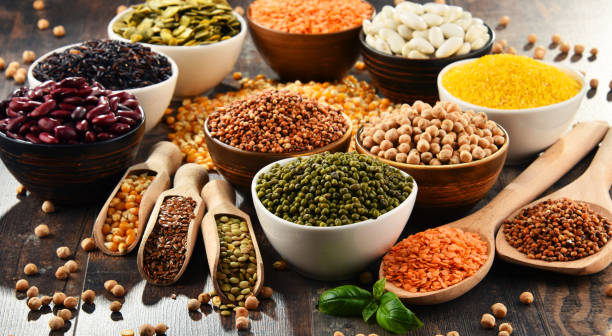
Food legumes are divided into two groups- oil seeds and pulses. The former are legumes with high oil content such as soybean and peanuts. The latter are all dry seeds of cultivated legumes used in transitional food. You can reduce the antinutrients and compounds that cause bloating by using the proper soaking and cooking methods.
Rich in protein: They are an excellent natural source of good quality protein with 20-45% protein that is generally rich in the essential amino acid lysine. Lysine is a building block for protein which is important for normal growth and muscle turnover.
Rich in antioxidants: Beans are one of the best plant sources of antioxidants, which helps prevent cell damage and premature risks. People who eat an antioxidant-rich diet have a lower risk of several diseases, including cardiovascular disease, stroke and cancer.
High in fibre: Legumes are among the highest-fibre sources of carbohydrates, giving them a lower glycemic index than other carb sources and helping with blood sugar control.
High in B-group vitamins such as folate, iron, zinc and magnesium: For example, 1 cup (198 grams) of cooked lentils provides 90% of your Daily Value (DV) of folate and 17% of your DV of magnesium.
A great probiotic: Legumes help your gut build its supply of healthy bacteria.
Low carbon footprint: Legumes have the lowest carbon footprints of all the footprints because they require about 19 times less water to produce than meat. This makes them inexpensive sustainable ingredients to add to your kitchen.
Common Types of Legumes
1. Soybeans
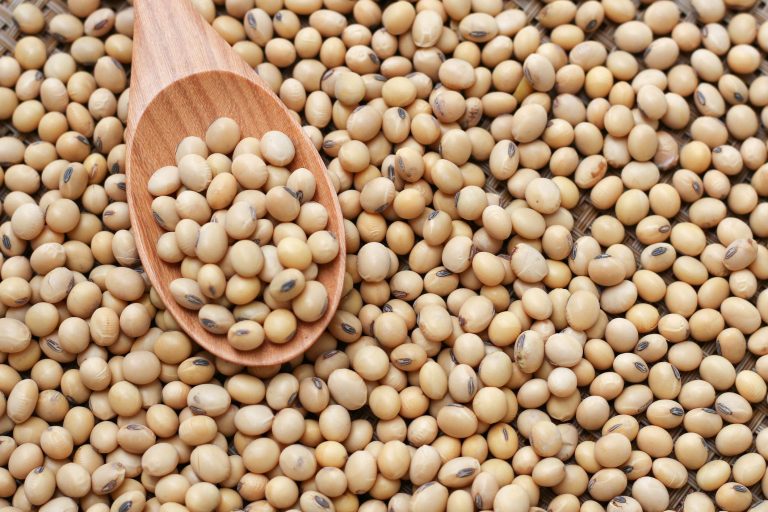
Soybeans are commonly consumed in Asia in forms such as tofu and soy milk. Not many know that soybeans can help reduce the occurrence of insomnia along with other sleeping disorders. They also improve blood circulation and metabolic activity by providing iron and copper, which are vital for the production of red blood cells.
2. Chickpeas
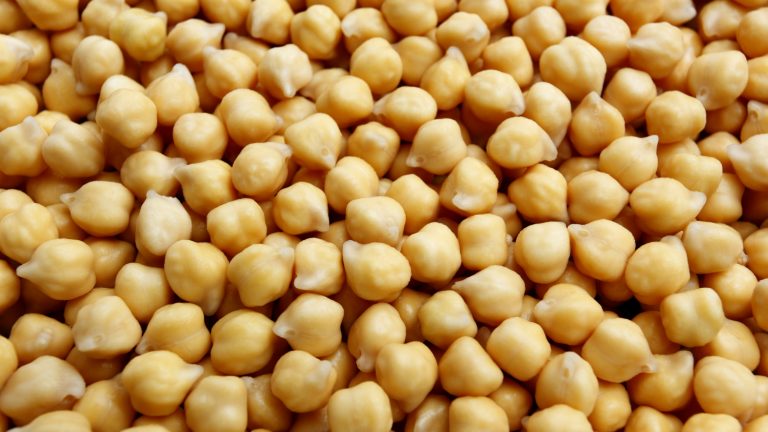
Chickpeas fall under the “pulse” category and are perhaps most known for being the base ingredient in hummus. They are the world’s second most widely grown legume after the soybean. They contain a soluble fiber called raffinose, which is broken down to produce a short chain fatty acid called butyrate. Butyrate reduces inflammation in the cell wall of the colon and promotes regularity in the intestines.
3. Black Beans
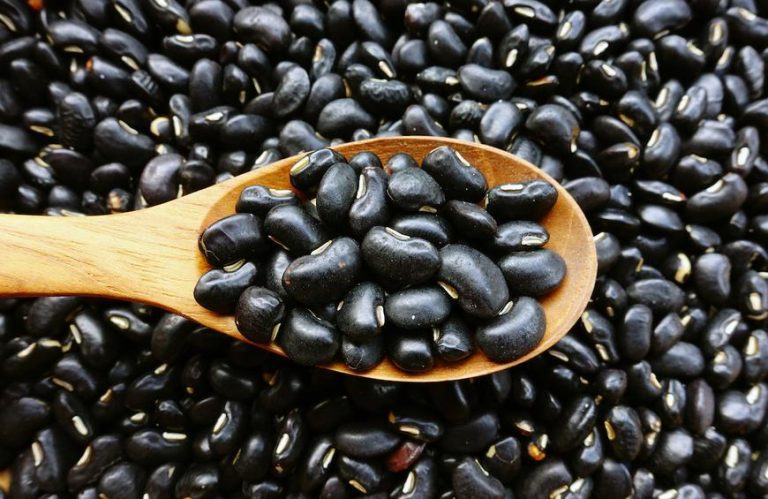
They are a staple food in Central and South America, and can be eaten with rice or packed into patties and made into veggie burgers. They help reduce the spike in blood sugar that often occurs after eating a meal because they have a lower glycemic index. This may help reduce the risk of diabetes and weight gain.
4. Edamame
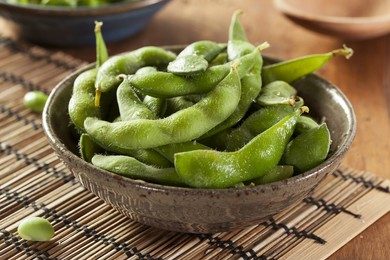
You might have ordered this as a side dish along with your sushi, but edamame is not just an appetizer. They are a decent source of soy protein (one cup contains 14 grams of protein) and are higher in protein than chickpeas, lentils or black means. This makes it a good protein option for vegans. They also contain vitamin K (covering about 41% of our daily needs), which plays an essential role in blood clotting and regulating calcium levels.
5. Lentils
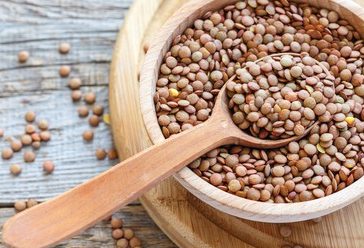
Lentils are culinary staples in most of the Middle East, India and Asia, where they are cooked into hearty soups and stews. They are perfect for those watching their calorie intake to lose weight because one cup of lentils contains only about 230 calories. Additionally, because they are full of slow burning carbohydrates, fiber and iron, they are a good source of energy throughout the day.
6. Peanuts
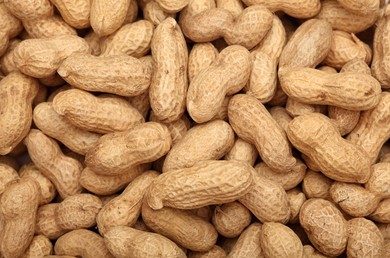
They are a good source of monounsaturated fats and polyunsaturated fats, which are healthy fats. Just remember that it’s important to boil peanuts to enhance their antioxidant content and remove aflatoxin before consuming them! A study found that peanuts may lower bad cholesterol levels which lead to plaque development in the blood vessels. Also, the resveratrol in peanuts has antioxidant properties that may help combat heart disease.
Let Some Legumes Into Your Diet

Legumes are part of some of the most beneficial diets in the world, including the Mediterranean diet and vegan/vegetarian diets, yet are still underrated sources of nutrients. Start small by making a simple hummus or adding some edamame into your quinoa salad.
Another easy way to incorporate legumes into your diet is by trying Beyond Meat, which contains mung beans (a type of legume). They have a nice meaty texture and can be cooked like meat. The patties are 100% GMO free and are a versatile ingredient for those just starting their plant-based journey. Order a pack on your friendly neighbourhood grow-cer- goodfoodpeople.


